
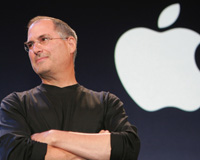
A design founder is a founder of a company who happens to be a designer or makes sure to create a large role for design in their business.
Design is extremely powerful — it influences what we see, what we feel and even what we do. As old, salesy techniques are being thrown out the window, business have to find new and creative ways to solve problems. What better way than with design?
Why are they important?
Design founders have evolved ways to create new and innovative products while changing the way we interact with things. Some of favorite design founders are guys like Steve Jobs and Charles and Ray Eames.
Right now, markets are changing. People are responding poorly to being sold to, and other slimey, push marketing techniques. People want to be able to make connections and feel like a part of other businesses and brands. Researchers, marketers and strict businessmen are having a hard time with the concept of creating a connection and putting the customer first.
Design founders are not just making pretty websites and products, but they're solving problems and making everyday life easier for consumers. Below, we will spotlight some popular as well as up and coming design founders that are changing the way we do things.
Evan Sharp, co-founder and developer at Pinterest


Pinterest is one of our newer social media sites that gets us closer to the things we're interested in. I recall that in the beginning, Pinterest wasn't a public site you could just sign up to, you had to have an invite. That exclusivity created a bit of buzz and desire for people who thought they may have been interested in what Pinterest was. Evan Sharp, for that alone, was a genius in creating some excitement for a new social platform.
The Internet is all about sharing and is especially mundane if you don't do so. Pinterest is a place where sharing is caring and feels more mature and common-sense than places like Tumblr or even Reddit for that matter.
Sharp was an architecture student who started Pinterest as a fun side job, but eventually it grew and he now works full-time on the front-end development of Pinterest.
Christina Brodbeck, CEO of theIceBreak
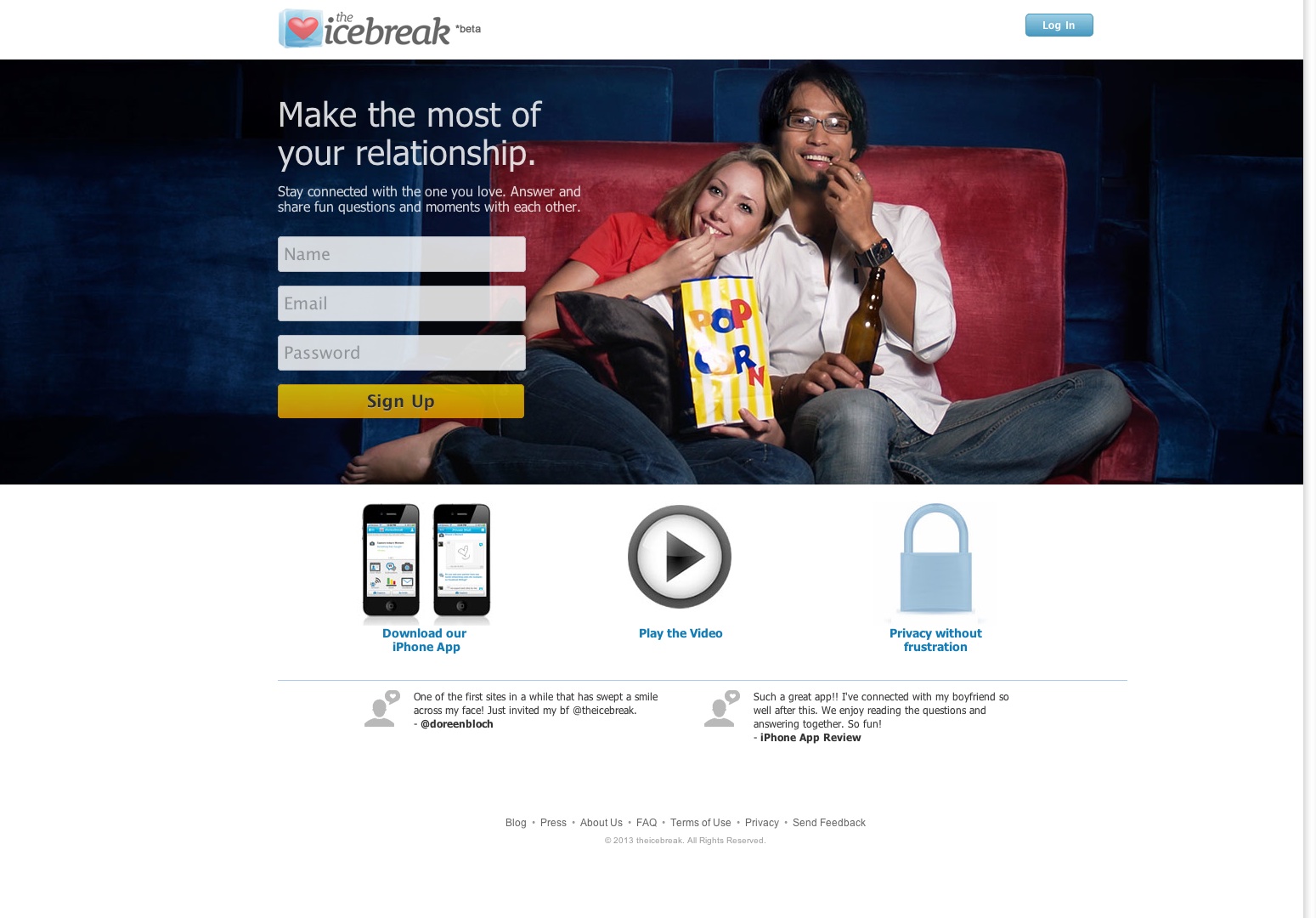

There's a lot to do online if you are trying to get into the dating scene. Take your pick — there's so many different niche's of people you can find online. But what about the folks who aren't looking for their significant other, but want to keep the one they have happy?
There's not a ton of that out there, but Christina Brodbeck (former UI designer at YouTube) decided she wanted to change this. TheIceBreak is an app (and soon a website) that creates a space for couples to interact with each other.
They can answer questions, send pictures and even suggest things to do with each other. It's a fresh, new approach to keeping connected and communicating with your honey.
Matias Corea, co-founder and chief of design at Behance


Artists and designers needed a space on the web that was theirs. It wasn't shared with teenagers who liked to draw and folks who just picked up an illegal copy of Photoshop a few weeks ago. They needed a place where they could showcase their work, connect with other designers and possibly be discovered by new clients.
Matias is a graphic designer who claims to be heavily influenced by electronic music and its culture. He is in charge of every piece of visual brand and identity for Behance, including the Behance Network and the ever popular 99% Conference and Magazine.
Rob Kalin, founder and former CEO at Etsy
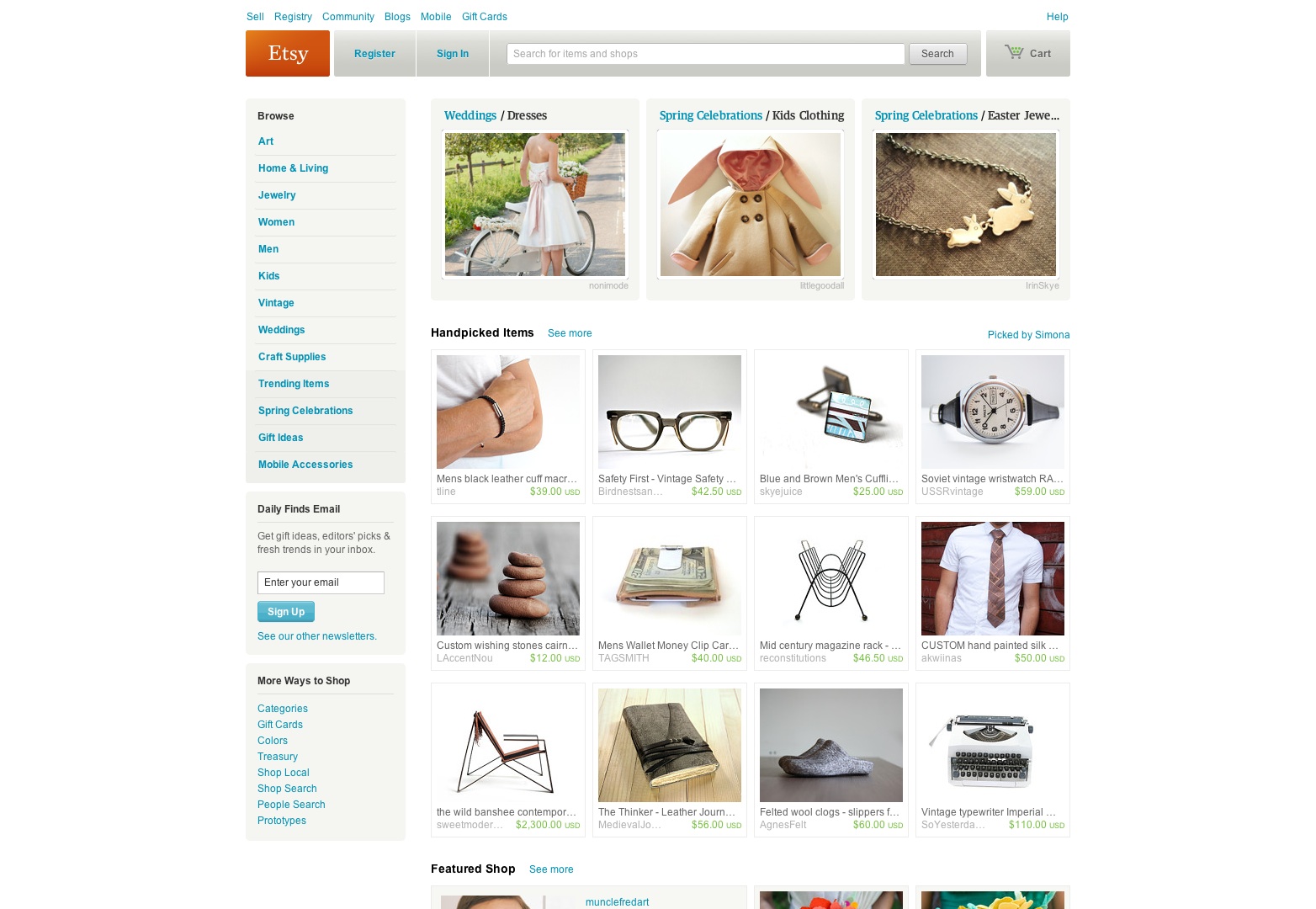

Lots of guy want to go into business by trying to sell a product or service to as many people as possible. Think about how many platforms there are for e-commerce and selling whatever you want. Now, think about how many are created with simple, specific niches in mind. Enter Etsy, the selling platform for vintage and handcrafted goods.
Though Rob Kalin has recently stepped down from his position at Etsy, you cannot help but give him major props for what he's done.
The greatest thing with platforms for selling is building trust for buyers as well as sellers, and he's done just that.
Jack Dorsey, co-founder at Twitter/founder at Square, Inc.

If you haven't heard of Jack Dorsey, it may be time to start paying attention. This guy is really a great innovator for this time and is really changing the way we do many things.
You're already very familiar with his body of work as he's the guy who introduced the world to Twitter. The micro-blogging platform almost single-handedly changed how we interact with peers and companies as well as how we share the web.
Jack is back with his new company called Square. It allows the traveling businessperson to accept debit or credit cards with their iPhone or Android phone. He's continued to develop the small device into an app called Square Register which is the most intuitive cash register ever created for small businesses.
Square just makes sense and since its introduction, has seen lots of copycat devices pop up.
Brian Chesky, CEO and co-founder at Airbnb
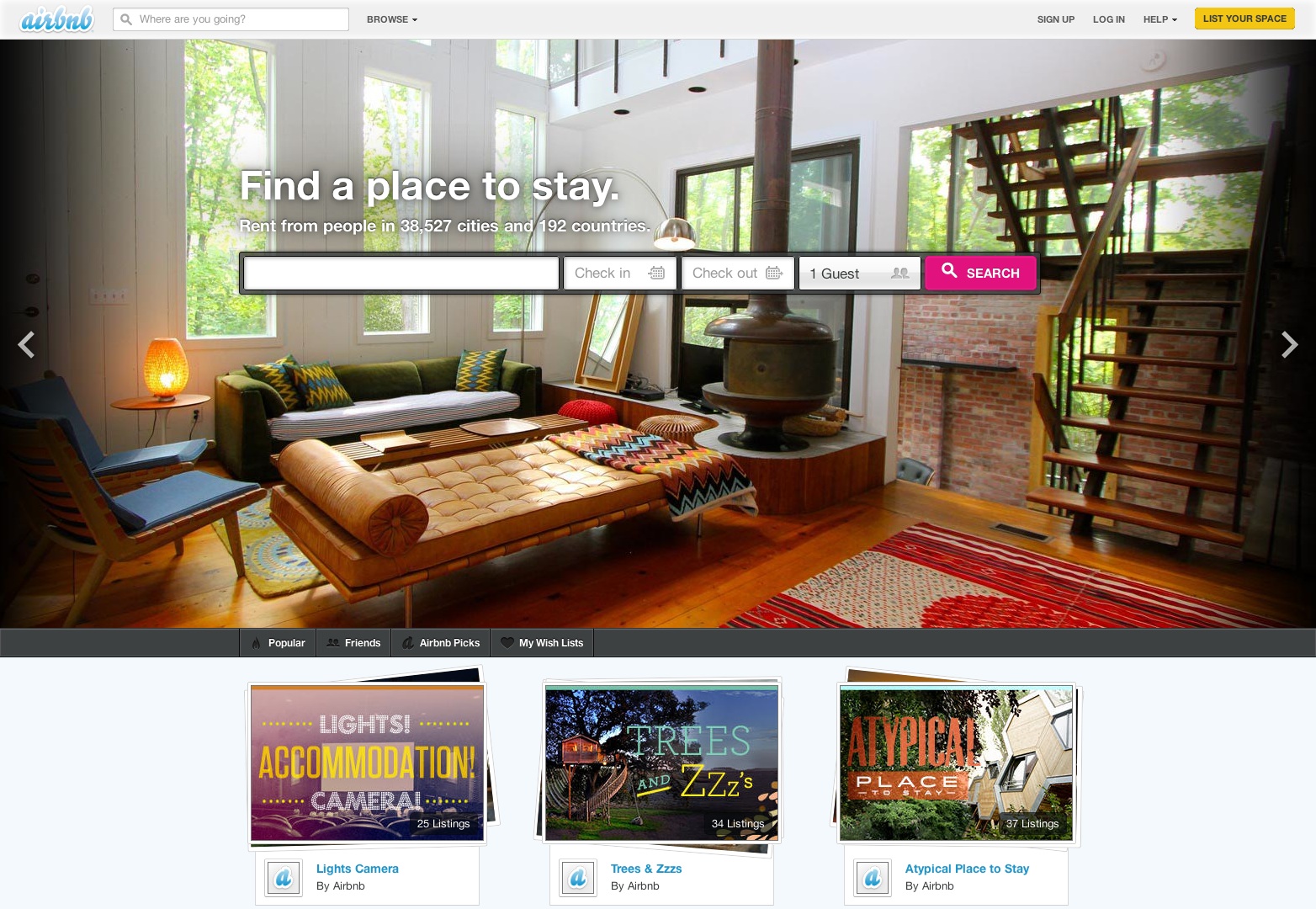

We live in a world where it's easy to be paranoid and think the worst of people. You can't just make friends with everyone or even trust postings on Craigslist and the like. I mean, wouldn't it be nice to travel to new cities and be able to crash on someones coach or stay in their extra room? It'd be a lot more affordable and could even end up being more comfortable.
Fortunately, Brian Chesky at Airbnb has found a way to make this happen. It's easy to find cheap accommodations and to trust people enough to stay with them for a few.
Brian drives the vision of Airbnb and is a former industrial designer. To help him establish the visual brand of Airbnb, he gave up his apartment and stayed in various places available at Airbnb. That's right folks, he's been living with other, random people since June 2010. Talk about commitment!
Jesse Pickard, CEO and co-founder at Mindsnacks

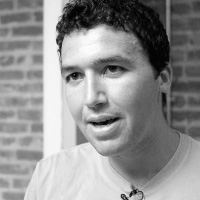
I'm rather old-school (though I'm pretty young) and I recall when I was much younger, I played board games or even went outside to play. I must say I was absolutely floored the first time I saw a 2 year old request their parent's phone, only to play a quick game of Angry Birds. And I must say, he was pretty good.
Technology is great, and if we are going to let our kids use it to play games, well, wouldn't it be nice to let them play educational games?
Wouldn't it be nice for YOU to play an educational game, just to keep your brain and thinking fresh. This is exactly what Jesse Pickard over at Mindsnacks did. He's created several addictive games to help learn languages, do better on SATs and much more.
Maurice Woods, designer and co-founder at Convozine


Anyone can start a blog. But you have to be a different type of, self-motivated person to manage and maintain the blog. You have to be dedicated to that blog so that it can create some traction and grow with subscribers and daily visitors. Many people will tell you it's easy, but trust me, it takes a lot of work. Some of which, people aren't too fond of.
However, what do you want to do if you want to have a voice online and share the things you like and maybe even start a community from it? Well Maurice Woods and his friends over at Convozine are trying to fix this problem.
Over at Convozine, you're able to make an electronic magazine (which we call 'zines') that can easily be created and published with new or shared content. You can have people contribute and collaborate based on interests. And the best part is the Convozine network puts your zine in a place where anyone can discover it and become interested subscribers. That's web publishing with a TON of work taken out.
Dan Parham, designer and co-founder at Neighborland
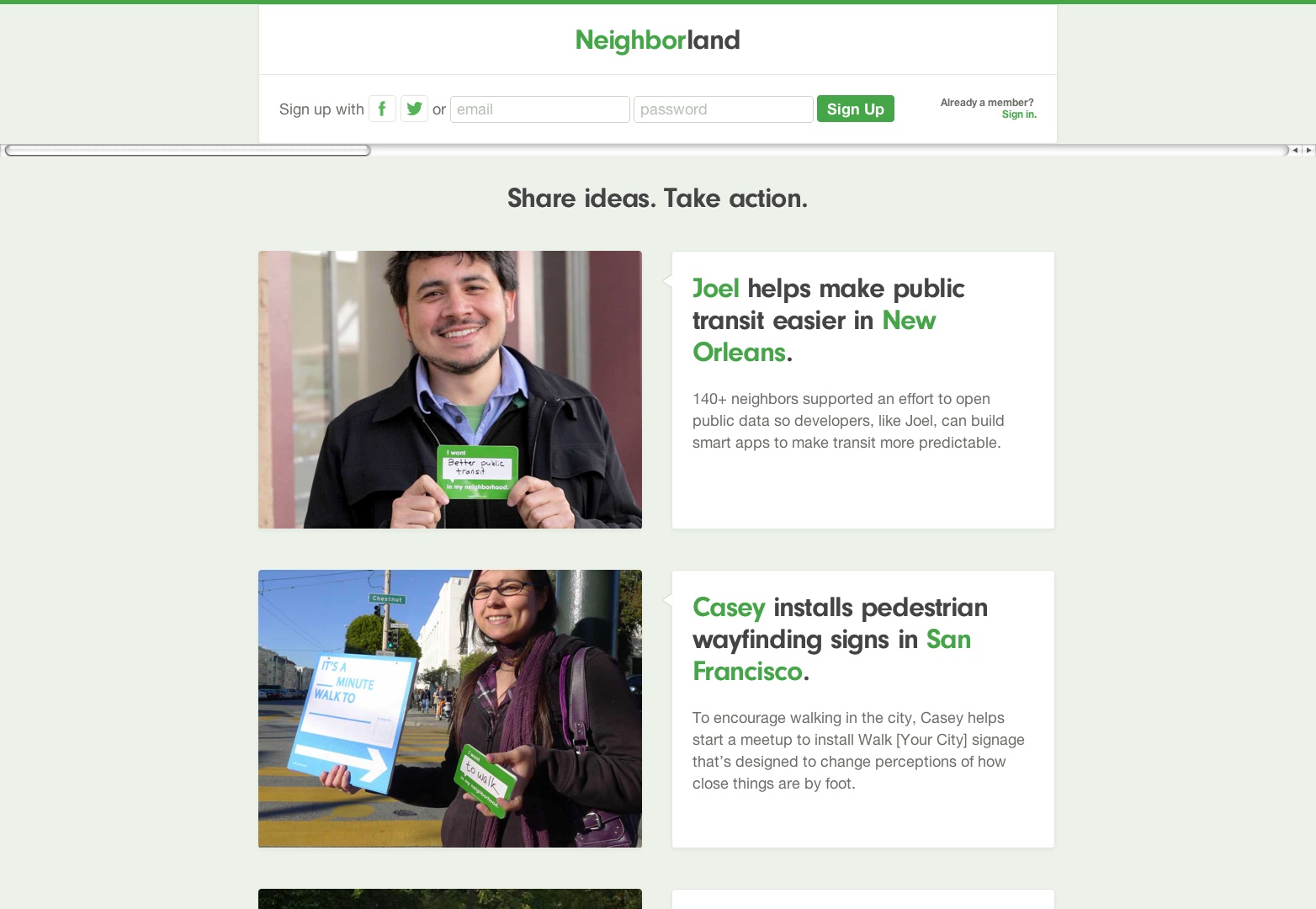

Everyone wants the best for their community and neighborhood. Sometimes, the powers that be don't always get the job done or take issue with the things others do. Sometimes people in your own neighborhood don't take issue with the things you do. So how can you tell what needs to happen and what doesn't?
Dan Parham and his team built Neighborland on this entire premise — what if we could see what our neighbors really wanted? And then what if they decided to do something about it?
Neighborland empowers people to be the change they want to see in their community by sharing ideas and promoting action.
Jeff Veen, vice-president at Typekit
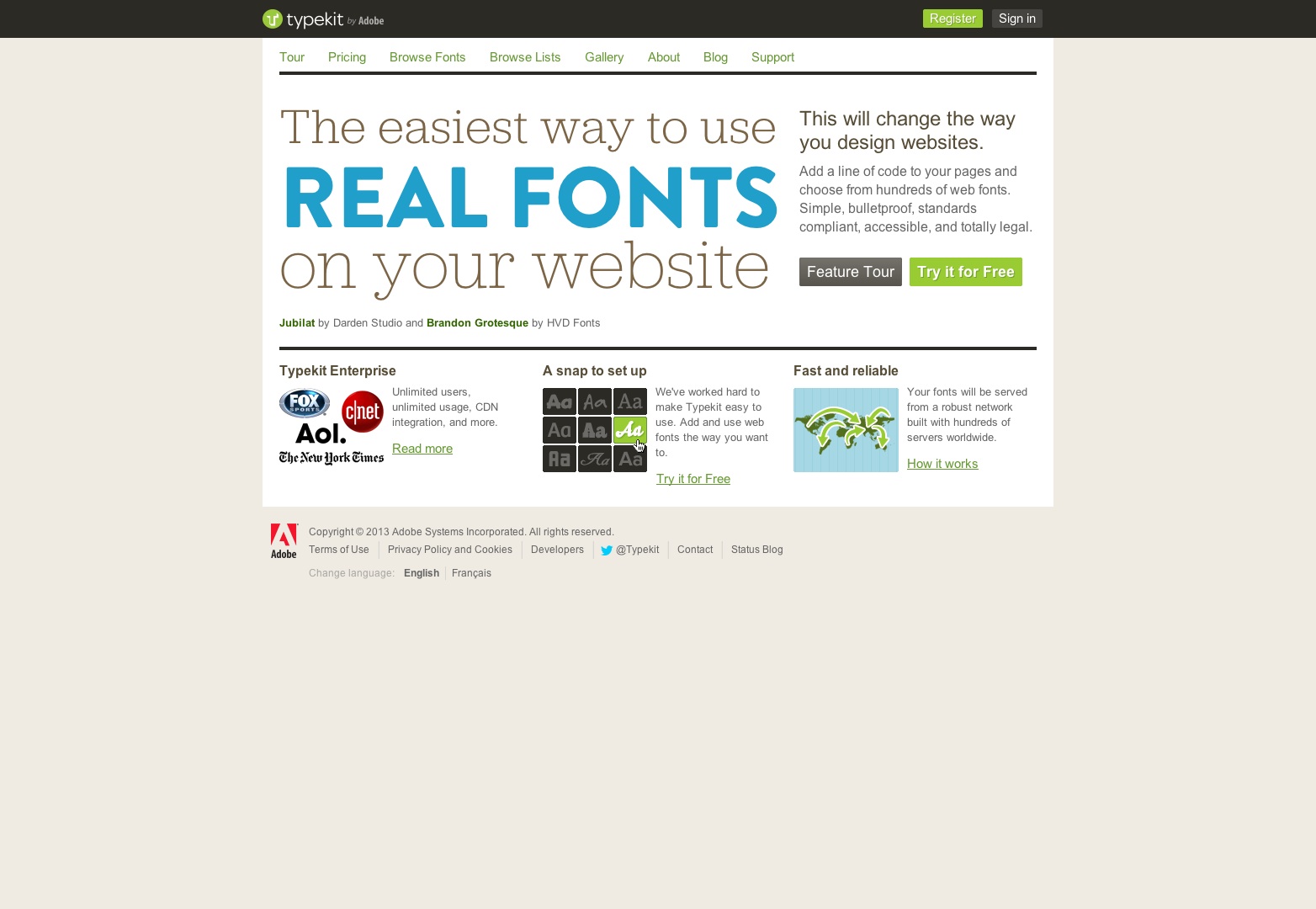

It's no secret that it's much better to use live text on webpages than to create graphics for large headlines and even links. There's so much we can do with different coding languages now to counteract that type of thing.
If we want to use reall nice fonts, we have to buy each one individually and quite frankly, that can get expensive. There are also free alternatives, like Google Webfonts, but there aren't a ton of high quality fonts in there.
Jeff Veen saw this problem and created a solution; a subscription based service for high quality webfonts.
Conclusion
These guys are using the full potential of design to create emotion, relationships and provide ease for consumers all across the world. What must be said is all of these guys just took a creative approach to what was a common problem that kept surfacing in other 'solutions'. Design founders are showing every business owner and CEO that it's time to look at things differently and to create a bigger a role for design in business.
What do you feel are the position of designs in business? Are you into the design-founder hype? Share your thoughts in the comments section.














